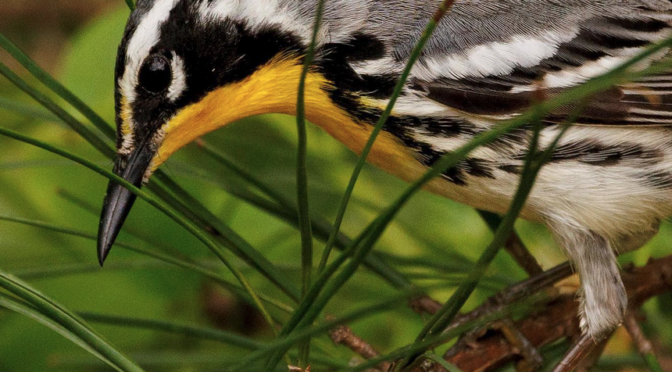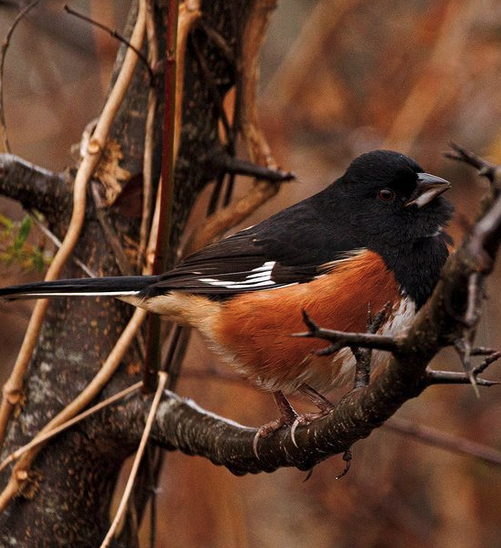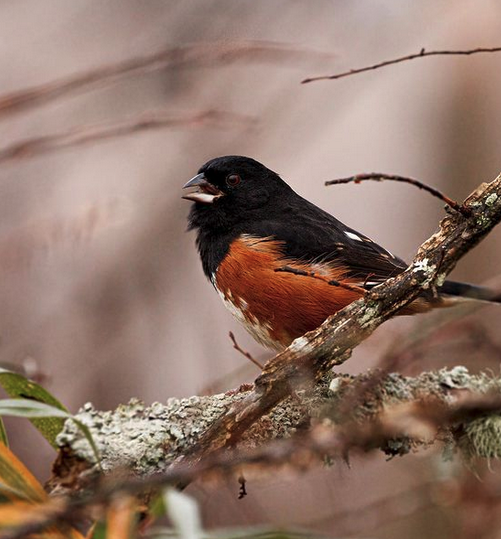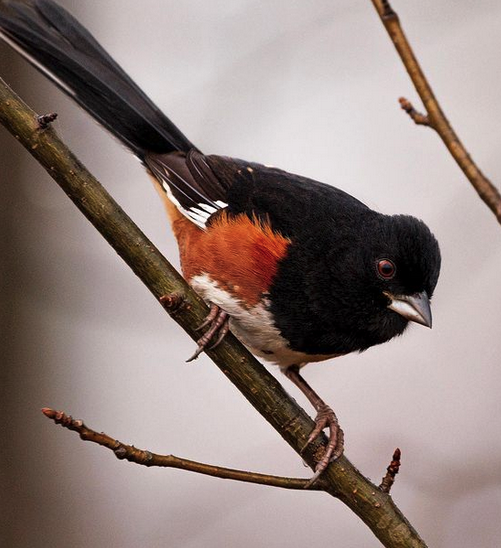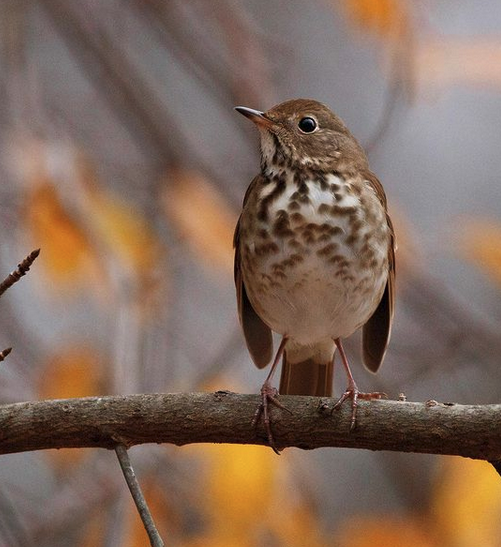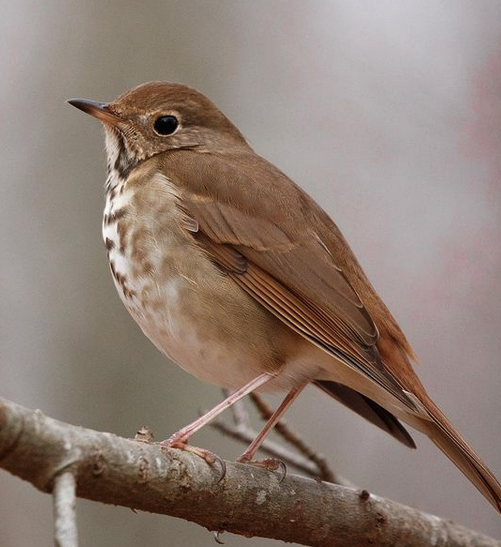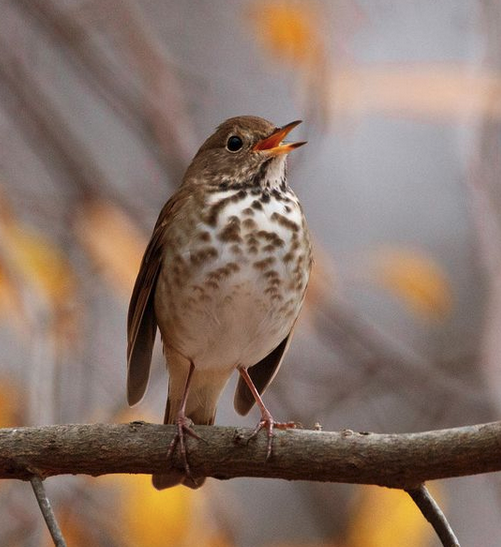-Sally Siko
Look up!
One of the most beautiful birds here in North Carolina is the Summer Tanager.
I spotted these two while leading a couple birding tours this past month in central NC.
These striking red birds are easy to spot (even in the treetops) with that vibrant plumage.The males are crimson colored with a few bits of orange feathers mixed in during molting periods while the females are dressed in a lovely yellow and warm brown plumage.









As shown in this series of photos, their diet mainly consists of insects and they are particularly fond of eating bees and Katydids.
They’ve got a particular way of eating their six legged prey, which includes bashing the insect against a branch, and then eating the head first.
These birds have a sweet tooth too which means you can attract them to your own backyard by offering orange or berry flavored suet and and jelly at your feeders. When out in the field, look for them hunting for a meal in the mid canopy layers of the trees in deciduous woods, from longleaf pine stands to oak forests.
The Summer Tanager is currently making its way back south for the winter. Though they are found throughout the state, they’re most numerous in the central and eastern regions.
They’ll only be here in North Carolina for another week or two so get out there and see them while you can.
Photos by @sally_siko of @bestlife_birding captured on my mighty mirrorless monster, the @canonusa #R5


